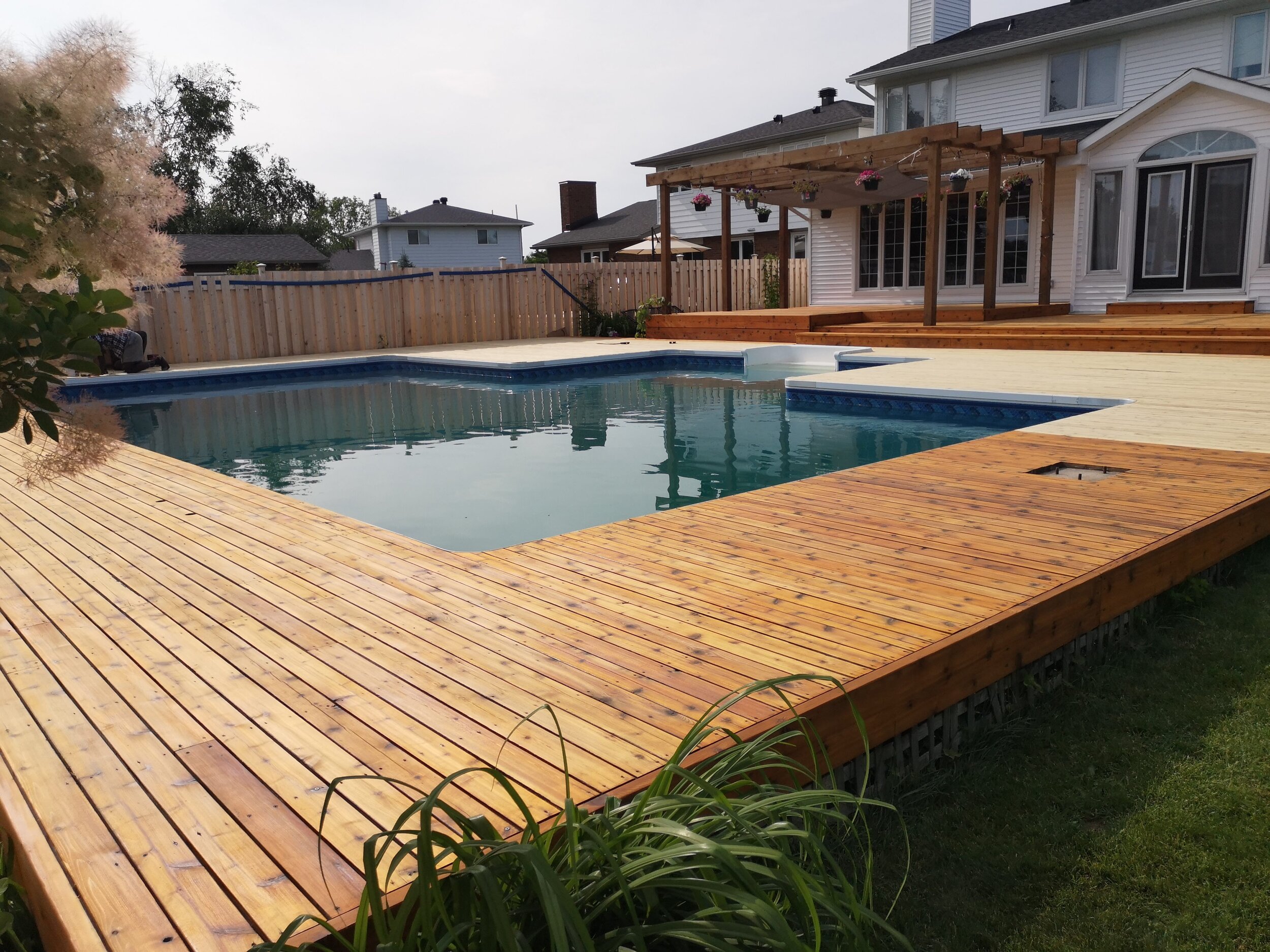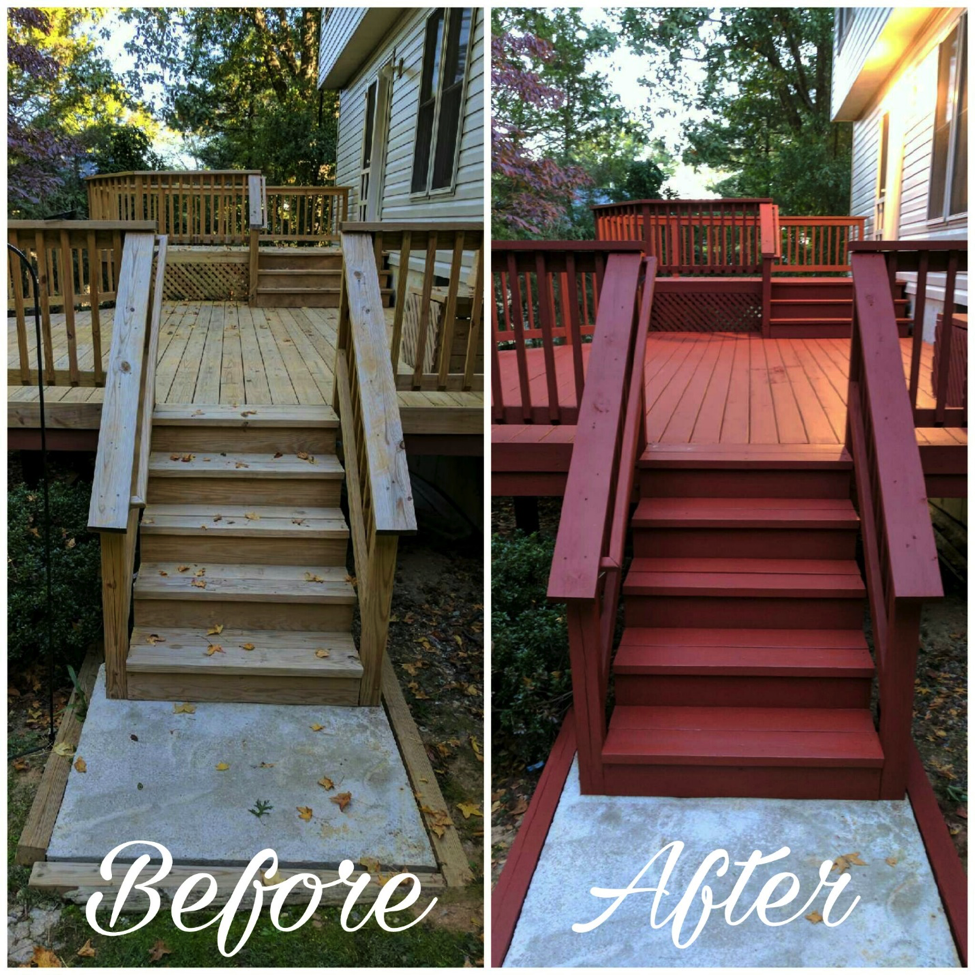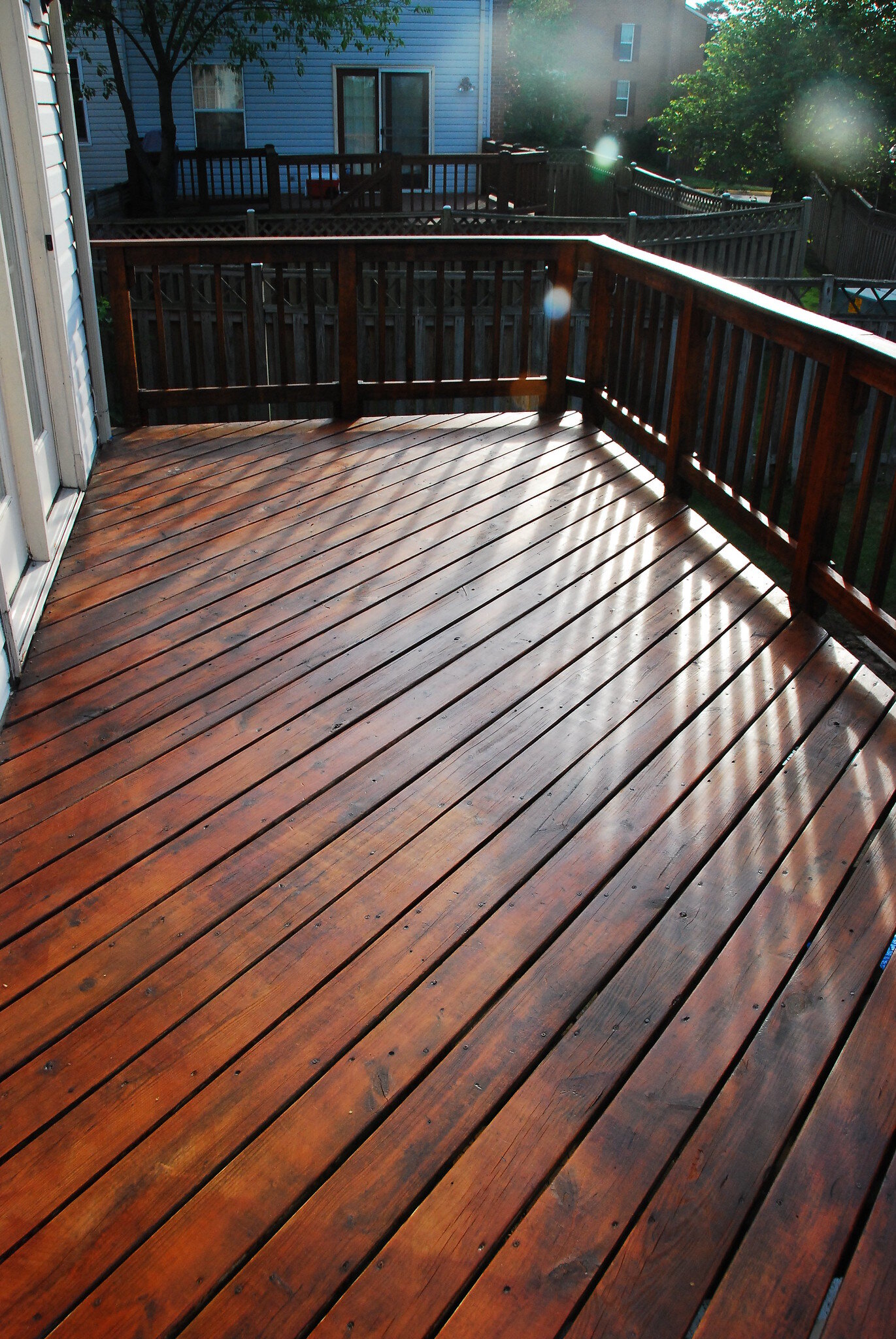Deck Staining Luster: Boost Your Exterior Living Room
Deck Staining Luster: Boost Your Exterior Living Room
Blog Article
Choosing the Right Spot for Your Fence: Tips and Factors To Consider
When it comes to boosting the appearance and preserving of your fencing, picking the appropriate tarnish is crucial. We will explore the different types of fence stains, elements to consider before choosing a stain, tips for preparing your fence for discoloration, and the distinctions in between water-based and oil-based discolorations. In addition, we will certainly dive right into selecting the ideal discolor color to match your fence and improve your outdoor space.
Recognizing Various Types of Fence Discolorations

On the various other hand, water-based spots are made from acrylic or latex and supply an extra subtle color to the wood. Water-based stains are simpler to clean up and have a much faster drying out time contrasted to oil-based discolorations.
Picking in between oil-based and water-based stains depends upon different variables, consisting of individual choice, the wanted look, and the level of maintenance required. Oil-based stains are suggested for surround high-traffic locations or those regularly revealed to severe climate condition. fence staining. Water-based spots, on the other hand, are a popular option for surround houses where appearance and simplicity of usage are very important
When choosing the best stain for their fencing,Comprehending the differences in between water-based and oil-based discolorations assists house owners make a notified decision. Taking into consideration the specific requirements of the fence, such as its area, exposure to sunshine, and desired visual, will certainly guarantee that the chosen discolor provides durable security and boosts the general beauty of the fencing.
Elements to Take Into Consideration Prior To Choosing a Spot

Different kinds of wood take in stains in different ways, resulting in varying degrees of shade intensity and resilience. Additionally, particular woods might be much more prone to problems like rot or insect problem, which might affect the selection of discolor to maintain the fence and secure.
The environment and weather in your area should additionally be taken into consideration. You might require a tarnish that provides extra protection versus wetness and UV rays if you live in a location with extreme winters months or high moisture. Likewise, if your fencing is revealed to route sunshine for lengthy durations, a tarnish with UV preventions can assist stop fading and staining.
Lastly, it is very important to consider your preferred visual. Various spots provide various colors and coatings, permitting you to personalize the appearance of your fencing (fence staining and sealing). Consider the total design and style of your building, along with any type of local regulations or home owner organization standards that may determine the appropriate discolor colors
Tips for Preparing Your Fencing for Staining
To prepare your fence for discoloration, begin by thoroughly cleaning the surface area utilizing a mild cleaning agent and a stress washer or scrub brush. Cleaning the fencing is an essential action as Get More Information it eliminates dirt, gunk, and any previous coverings that might interfere with the staining procedure. Begin by wetting the fencing with water and afterwards use a moderate detergent making use of a scrub brush or a pressure washing machine with a low-pressure setting. Rub the surface area delicately, paying added focus to locations with persistent discolorations or mold and mildew. Wash the fencing thoroughly with clean water to remove all traces of cleaning agent.
After cleaning, enable the fencing to dry totally. deck staining. This step is critical as staining a damp or damp surface can cause inadequate adhesion and an unequal surface. Relying on the climate condition, it may take anywhere from a few hours to a couple of days for the fencing to dry completely. Guarantee that the fencing is entirely dry before proceeding with the discoloration procedure.
Before staining, examine the fence for any problems, such as loosened boards or nails. This item assists to open the timber pores, permitting the discolor to permeate much more effectively and evenly.

Contrasting Oil-Based and Water-Based Spots
When picking a discolor for your fencing, it is essential to contrast the characteristics and benefits of water-based and oil-based stains. Both types of discolorations have their very own benefits and considerations, so it is vital to recognize the differences between them.
Oil-based discolorations are known for their toughness and resistance to put on and tear. Additionally, oil-based stains have a tendency to last longer than water-based spots, making them a prominent option for fencings.
On the various other hand, water-based stains are more eco friendly and simpler to clean up. They might not supply the same degree of security as oil-based stains, specifically in extreme weather condition conditions.
Inevitably, the option between oil-based and water-based discolorations depends upon your particular demands and preferences. When making your decision, think about aspects such as resilience, ecological impact, and convenience of application. Consulting with a professional or looking for recommendations from specialists can also aid guarantee that you pick the best tarnish for your fence.
Picking the Right Spot Shade for Your Fence
The option of a suitable discolor shade for your fence is a crucial element of boosting its aesthetic charm and complementing the general layout of your outside room (deck staining). The appropriate discolor color can transform a level, common fencing right into a striking prime focus that adds deepness and personality to your residential property
When picking a discolor color for your fence, it is essential to consider the style and design of your home. If you have a timeless or standard style home, natural tones such as neutrals and browns can create a warm and welcoming appearance. On the other hand, if you have a modern or contemporary home, you could think about opting for strong and vivid colors that make a statement.
One more variable to consider is the natural environments of your home. If you have a whole lot of greenery, a stain color that matches the all-natural landscape, such as greens or deep reds, can produce a unified and natural look.
Furthermore, it deserves taking into consideration the upkeep required for different stain colors. Lighter colors have a tendency to reveal dust and put on even more easily, while darker colors can conceal imperfections and call for much less regular touch-ups.
Ultimately, the selection of tarnish shade for your fencing need to mirror your individual design and choices - deck staining. Make the effort to discover different choices and speak with with specialists if needed, to guarantee that you choose the excellent stain color that improves the appeal and allure of your fence
Conclusion
In conclusion, when it comes to picking the appropriate discolor for your fence, it is important to recognize the various types of stains readily available and take into consideration aspects such as sturdiness and desired look. Choosing the best stain shade can improve the overall aesthetics of your fencing.
We will discover the various types of fence stains, variables to think about before picking a discolor, tips for preparing your fencing for staining, and the distinctions between water-based and oil-based spots.Differentiating in between oil-based and water-based discolorations is important when understanding various types of fencing stains. Water-based discolorations are much easier to cleanse up and have a much faster drying time contrasted to oil-based stains. In addition, oil-based stains often tend to last longer than water-based stains, making them a preferred choice for fences.
In verdict, when it comes to selecting the appropriate stain for your fencing, it is important to comprehend the various types of spots readily available and consider aspects such as resilience and wanted appearance.
Report this page